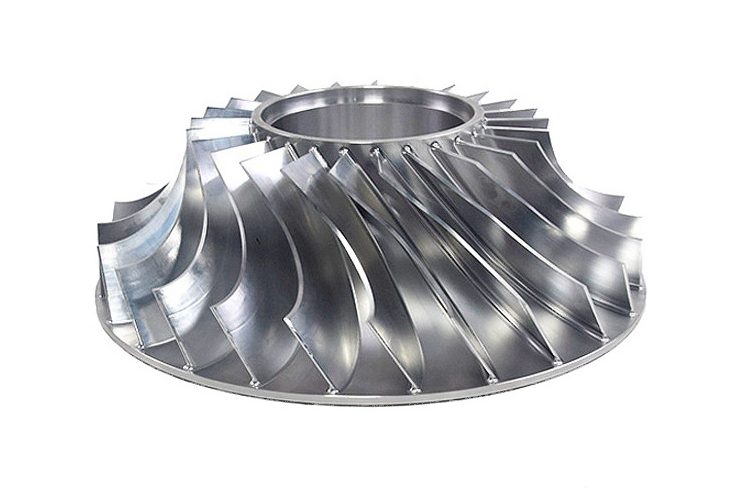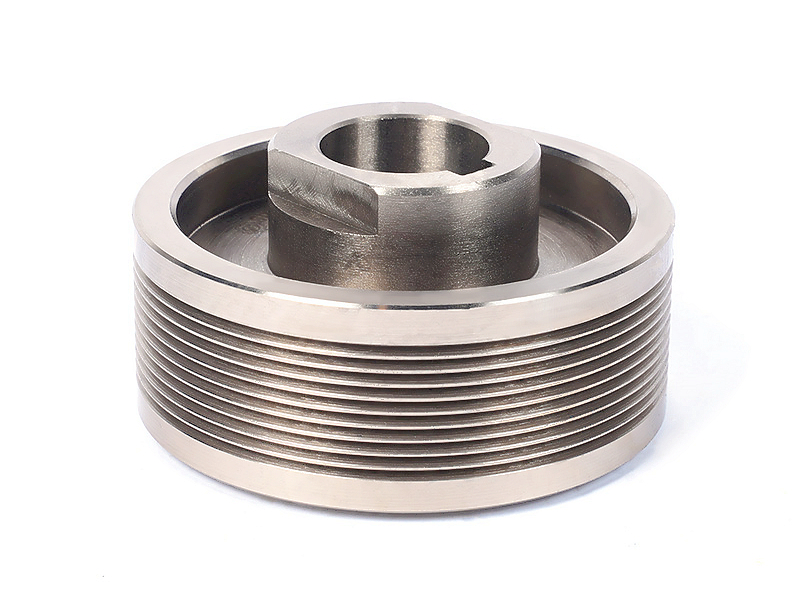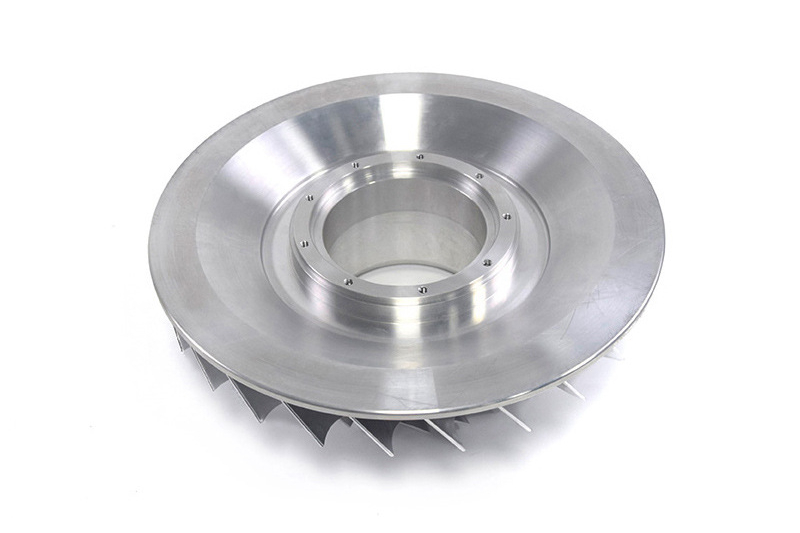What parameters are most critical for thin-walled titanium machining?
Machining thin-walled titanium components is a pinnacle challenge in precision manufacturing, where the inherent material challenges of titanium are exacerbated by the part's structural compliance. Success hinges on controlling parameters that minimize cutting forces, manage thermal expansion, and mitigate vibration. The most critical parameters are not standalone but form an interconnected strategy.
1. Radial Depth of Cut (ae) and Tool Engagement
This is arguably the single most critical parameter. A large radial engagement creates a high radial force that directly bends the thin wall, leading to chatter, geometric inaccuracy, and surface finish issues. The solution is to use light radial immersion, typically **10-30% of the tool diameter**. This is best achieved with trochoidal or dynamic milling toolpaths, which maintain a constant, low tool engagement. This strategy, central to our Multi-Axis Machining Service, allows the tool to spend most of its time cutting in a free, cool state, drastically reducing the sustained force on the wall and dissipating heat effectively.
2. Tool Selection and Geometry
The tool itself must be designed to shear the material cleanly with minimal resistance. Sharp, polished cutting edges with high positive rake angles are non-negotiable. They reduce cutting forces and prevent "pushing" the wall. A larger tool nose radius can help distribute load, but it must be balanced against the risk of increased tool-part contact and heat generation. Using tools with a smaller corner radius or a dedicated finishing tool is often necessary for final passes.
3. Cutting Parameters: Feed and Speed
Contrary to intuition, a higher feed rate per tooth is often beneficial. A light feed causes rubbing, work hardening, and generates heat without effectively removing material. A sufficiently high feed ensures the tool is in a cutting, not rubbing, regime, which produces a cleaner shear and better chip evacuation. However, the cutting speed (SFM) must be moderated. While high speeds can be productive, they generate heat faster than it can be dissipated from the thin wall, leading to thermal distortion. A balanced approach from our Precision Machining Service uses a conservative speed with an aggressive feed to maximize material removal while controlling heat and force.
4. Axial Depth of Cut (ap) and Machining Sequence
While axial depth has less direct bending effect than radial depth, a deep axial cut still increases the total cutting force and can excite vibration. Using a moderate axial depth and a symmetrical machining sequence is critical. This involves alternating material removal from both sides of a wall to balance residual stresses, rather than completely finishing one side first. An intermediate stress relief after roughing is often essential to remove internal stresses before final, delicate finishing passes.
5. Fixturing and Thermal Management
The part must be supported in a way that mimics its final installed state to prevent distortion upon release. Custom fixtures, vacuum chucks, or low-melt alloys provide maximum support for thin webs. Thermally, high-pressure through-tool coolant is mandatory. It not only cools the cut and tool but also plays a mechanical role in breaking chips and preventing them from re-cutting or welding to the part, which is a common cause of failure in thin-wall milling in our Titanium CNC Machining Service.



